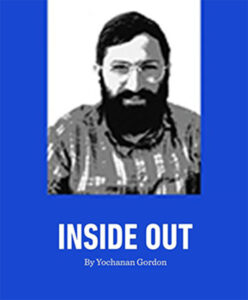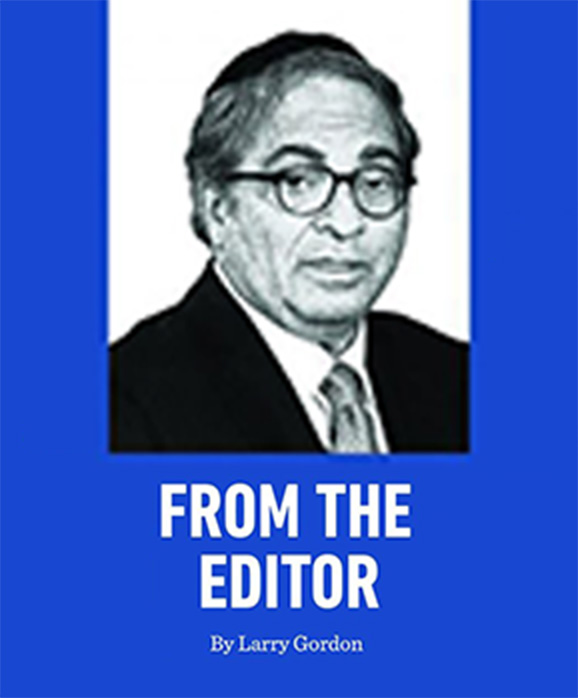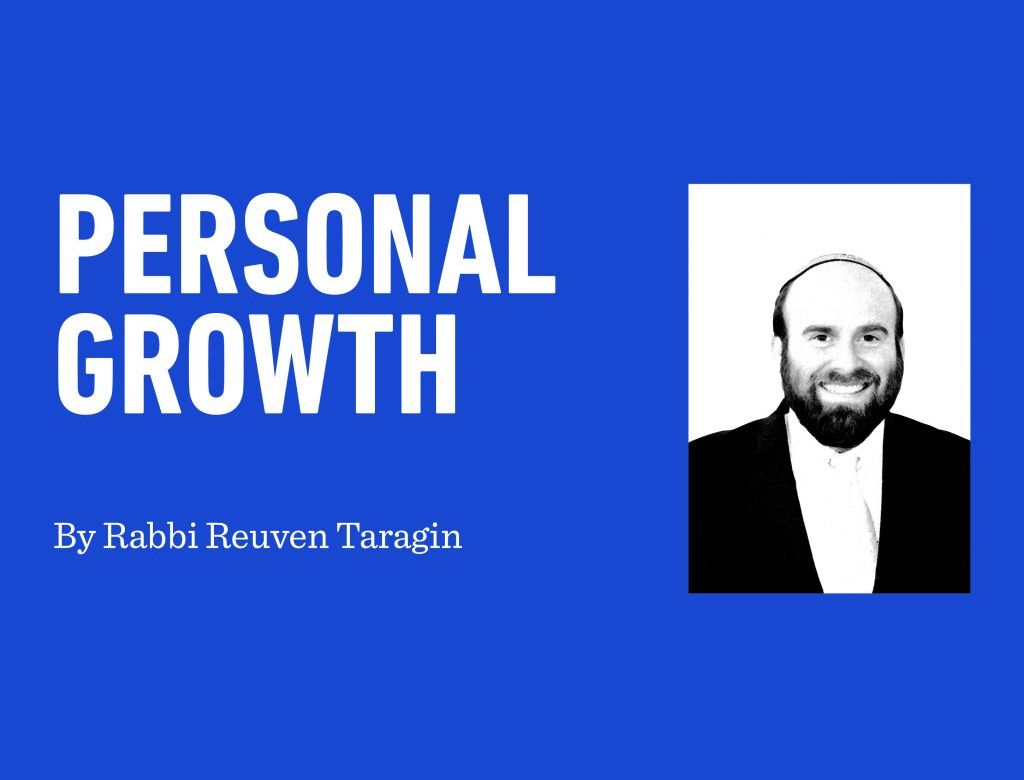The Twenty-Second Day
Each year on Tishah B’Av, we confront our nation’s deepest wounds, reliving the destruction, exile, and suffering that have shaped Jewish history. Yet within this encounter with grief lies a quiet hope. We often refer to this period as the “Three Weeks,” a span of twenty-one days from Shivah Asar B’Tammuz to Tishah B’Av. But if we count carefully, Tishah B’Av is the twenty-second day, not the twenty-first. Why, then, do we call it twenty-one days?
The answer is that Tishah B’Av is not just the culmination of mourning—it is the concealed beginning of renewal. The twenty-second day stands apart, a threshold between collapse and ascent. This is why the day is paradoxically called a moed, a festival, even as we fast and grieve. It holds within it both the depth of loss and the first stirrings of redemption.
This duality is reflected in the vision shown to Yirmiyahu HaNavi. In Yirmiyahu 1:11-12, Hashem asks the prophet, “What do you see, Yirmiyahu?” He answers, “A staff of an almond tree.” Hashem replies, “You have seen well, for I am watchful to perform My word.” Rashi explains that the almond tree blossoms quicker than all others, symbolizing how swiftly Hashem fulfills His word. Rashi further quotes the Midrash EichahRabbah (12:8), which teaches that an almond tree takes twenty-one days from budding to ripening, mirroring the span from the seventeenth of Tammuz to the ninth of Av, when the Beis HaMikdash was burned. Yet the fruit is only fully ripe on the twenty-second day—hinting to a hidden transition, from destruction to potential.
The past two years have made this lesson palpable. The atrocities of October 7th devastated the Jewish people with a brutality that felt like a modern-day churban. Yet in its aftermath, we saw resilience, unity, and courage blossom. It was as if Tishah B’Av arrived early, but with it, the twenty-second day also appeared. The very day of destruction became the starting point of rebuilding.
Chazal teach that Mashiach is born on Tishah B’Av (Yerushalmi Berachot 2:4; Eichah Rabbah 1:51). Within destruction itself, the process of redemption begins. When we sit on the floor and mourn, we are not only looking back at what was lost but forward to what must yet be built. Our brokenness cracks us open to perceive what could not be seen before.
This is why Tishah B’Av feels distinct from other fasts. It carries within it an undertone of moed, of future possibility. The cry of Eichah, “how could this have happened,” begins to evolve into Ayecha, “where are You.” We shift from resignation to seeking. Hashem calls to us, as He did to Adam after the sin in Gan Eden, asking Ayecha—where are you in this moment, where do you stand, and how will you respond?
In our times, we have lived this process. The day after devastation did not leave us paralyzed. Instead, it sparked unity, bravery, and a collective will to continue. The message of Tishah B’Av is that our tears must lead to action. We do not sit idly awaiting Mashiach. Every mitzvah, every gesture of kindness, every moment of faith nourishes the seeds planted amidst our sorrow.
Halacha captures this turning point: on Tishah B’Av, after midday, we rise from the floor. The fast continues, but our posture shifts—we are preparing for nechamah, for comfort.
On the twenty-second day, we lift our heads from the floor and begin to rebuild.
We are called to emulate the Nevi’im who, even as they wept, painted visions of restoration. Tishah B’Av is not the final chapter. It is the prologue to the rebuilding that must follow. When Hashem calls out Ayecha—where are you—our response is not despair, but readiness: to rise, to rebuild, and to return. n
Rabbi Benny Berlin is the rabbi of BACH Jewish Center in Long Beach, New York. For more information, visit BACHLongBeach.com.














